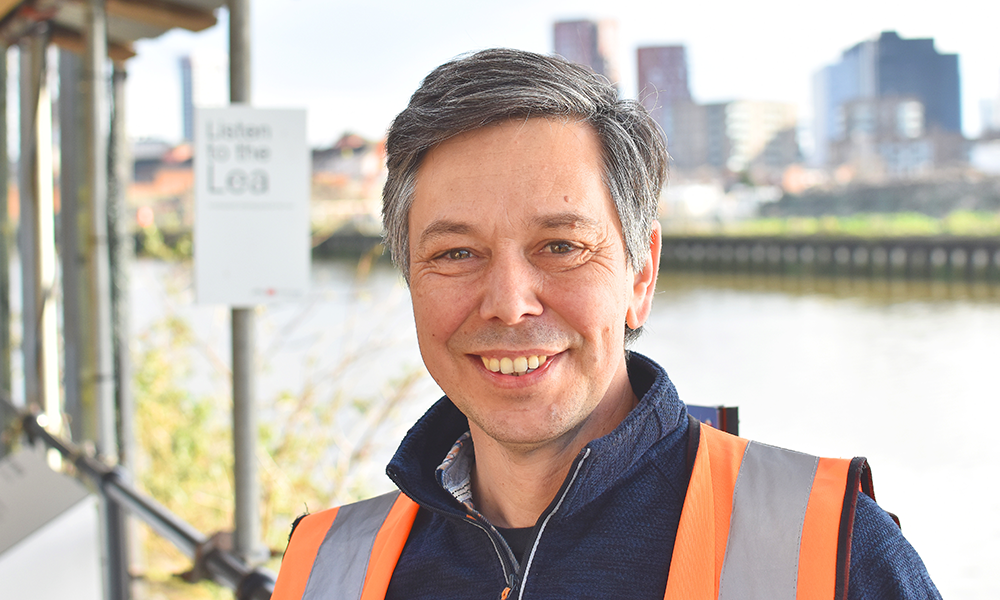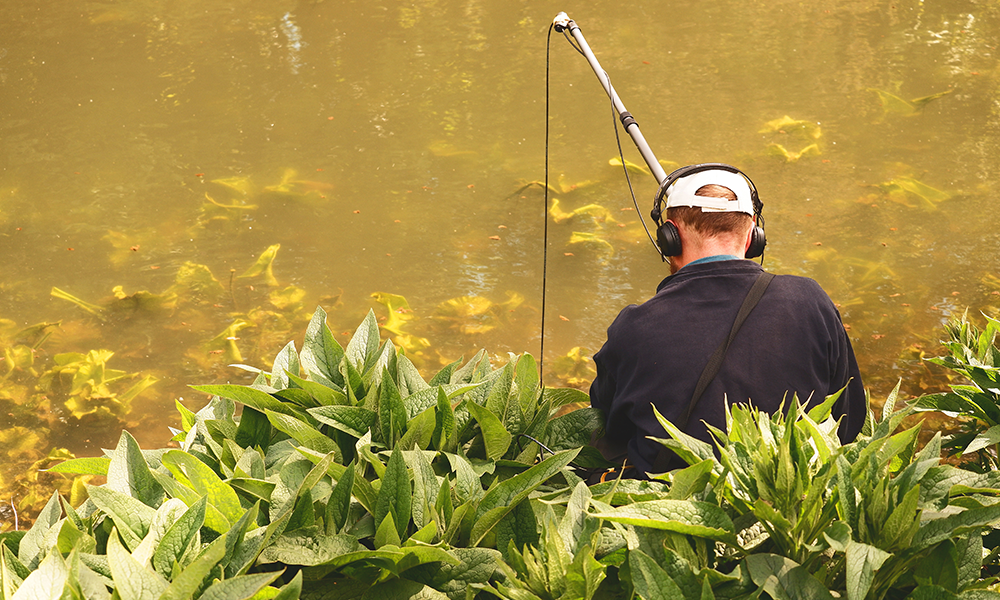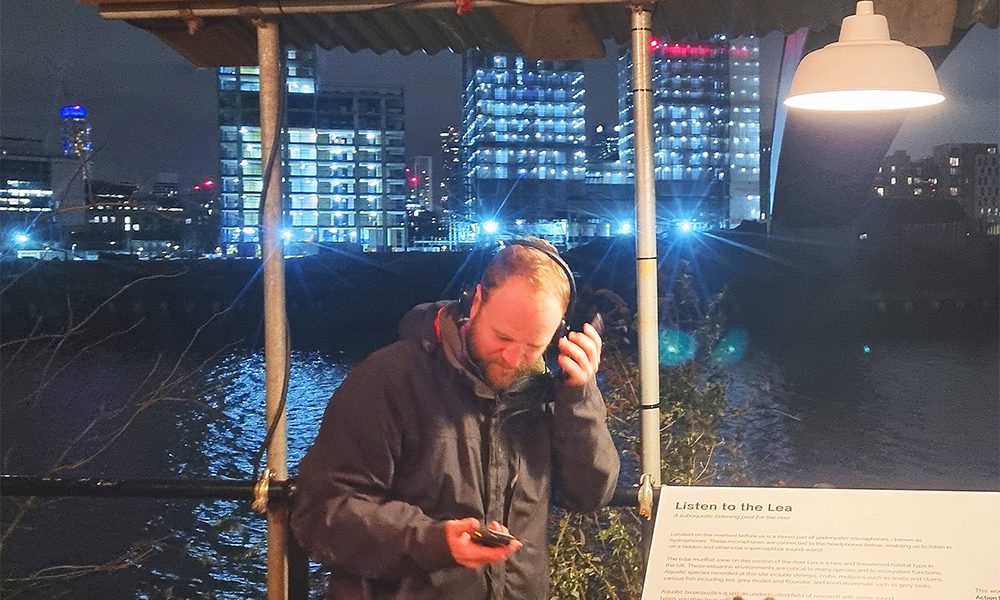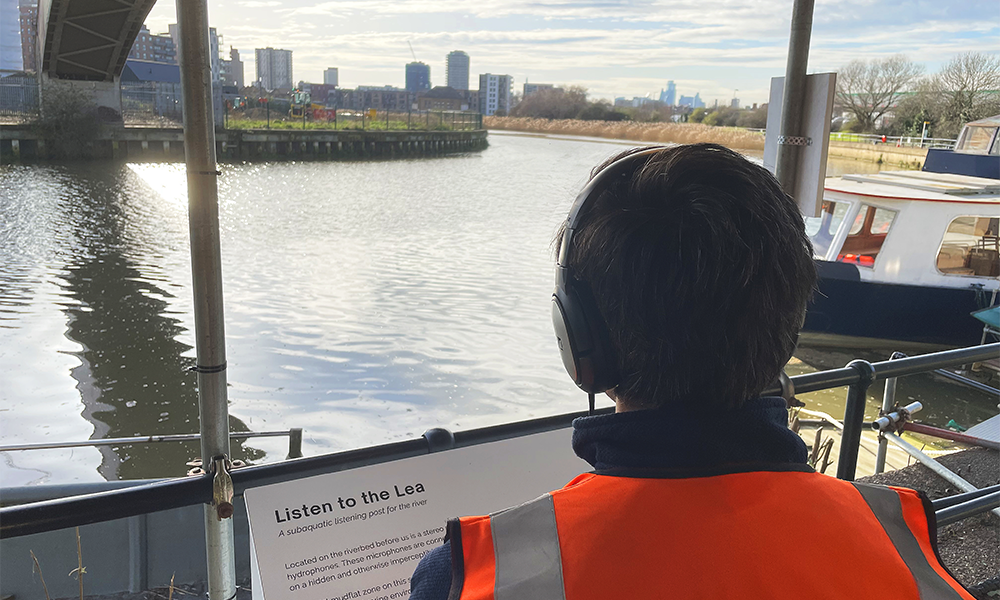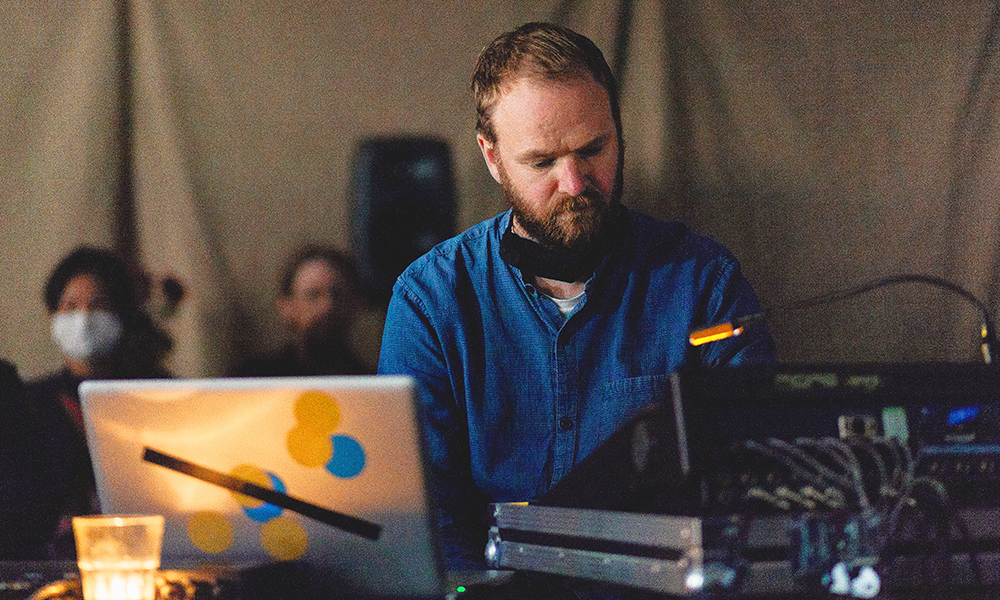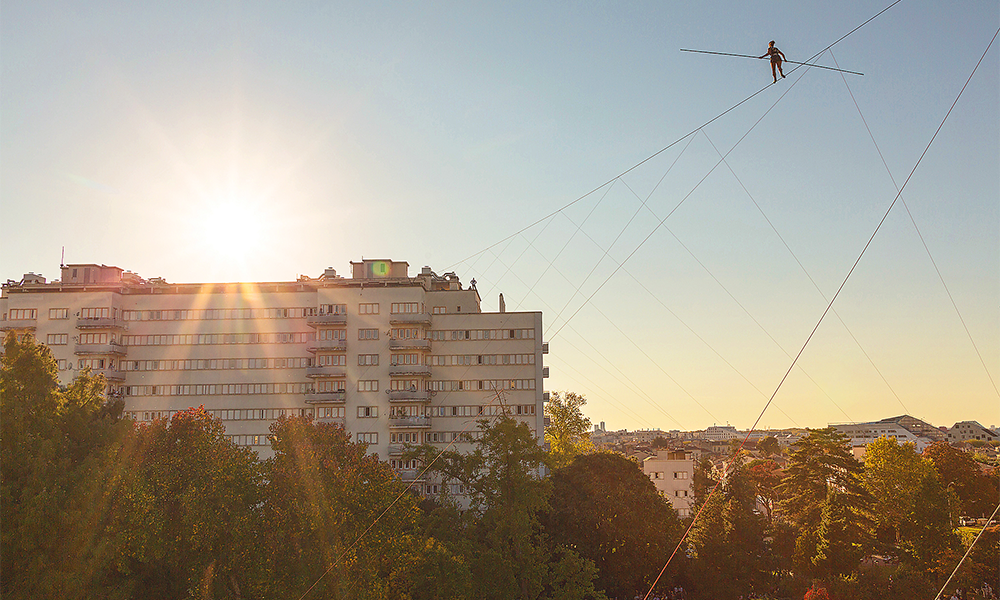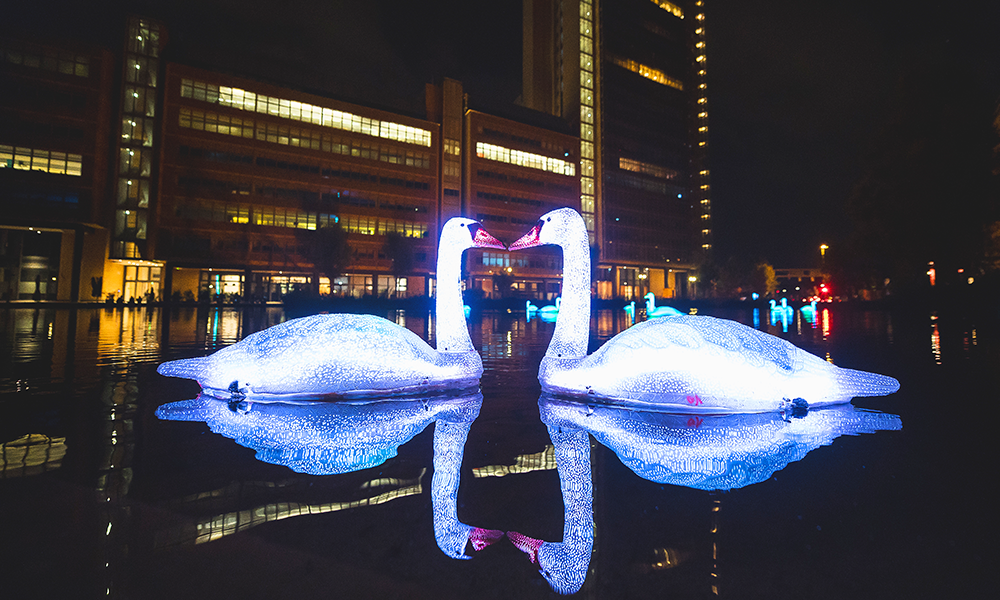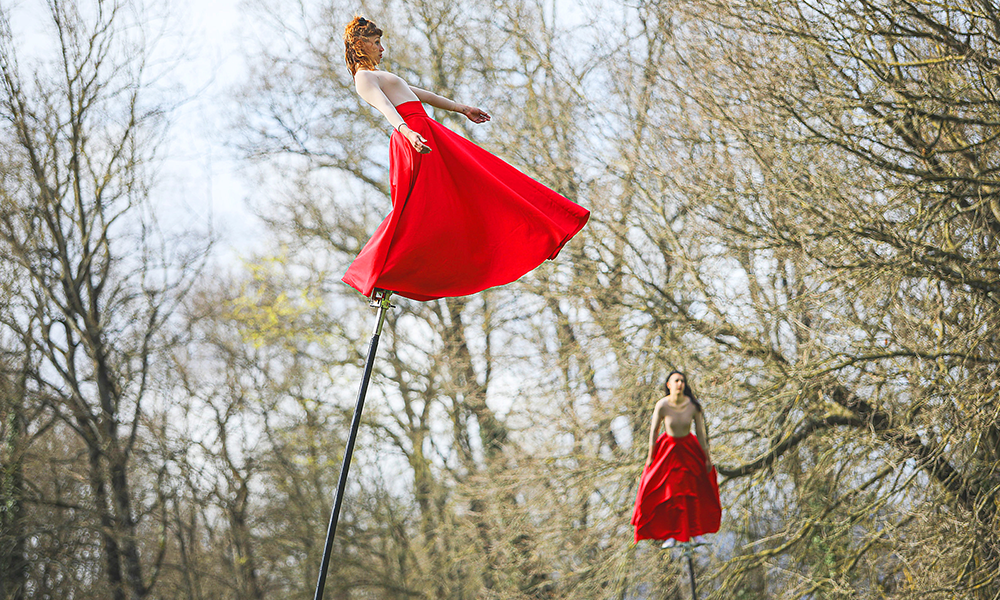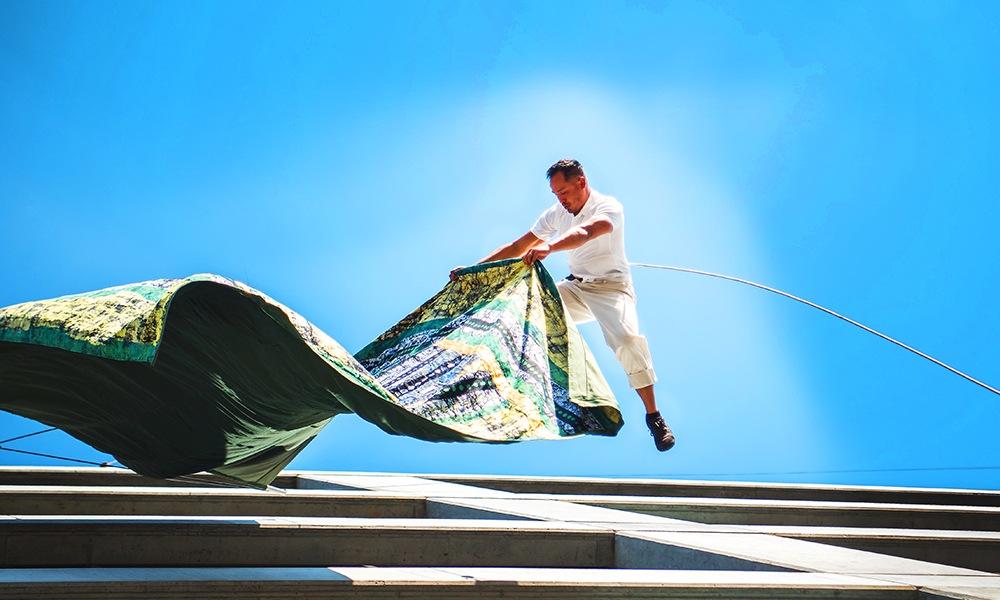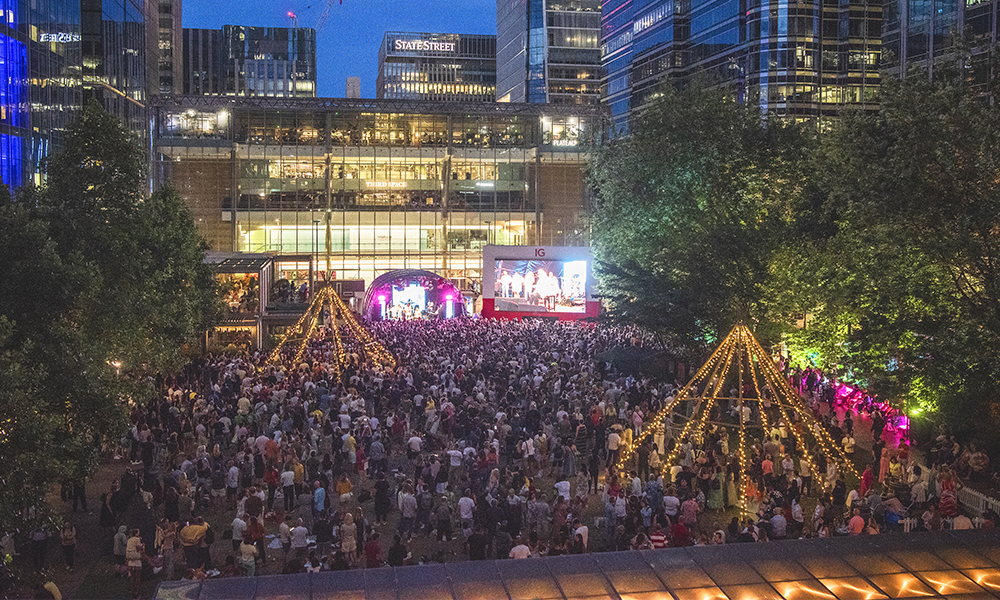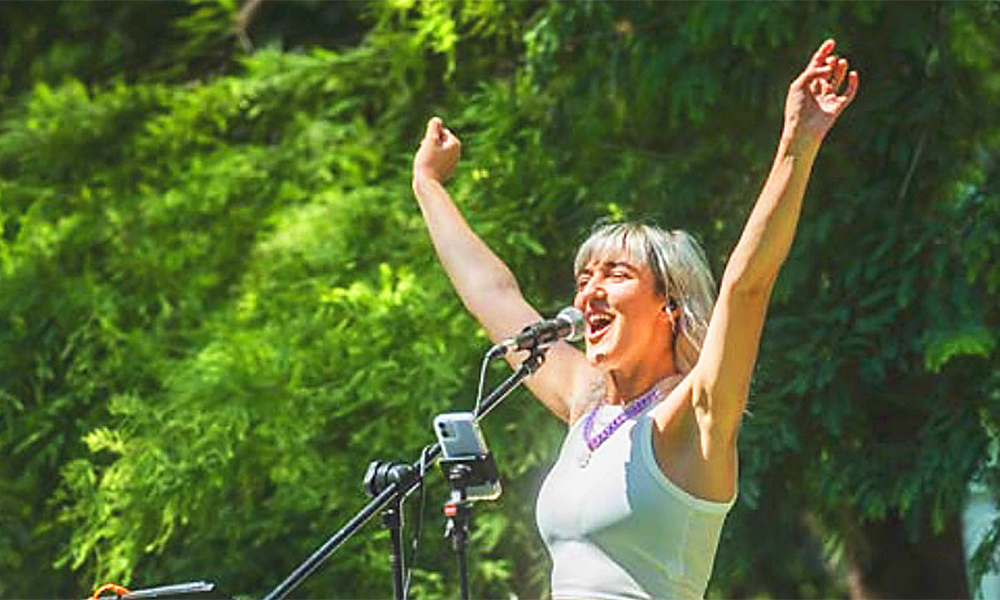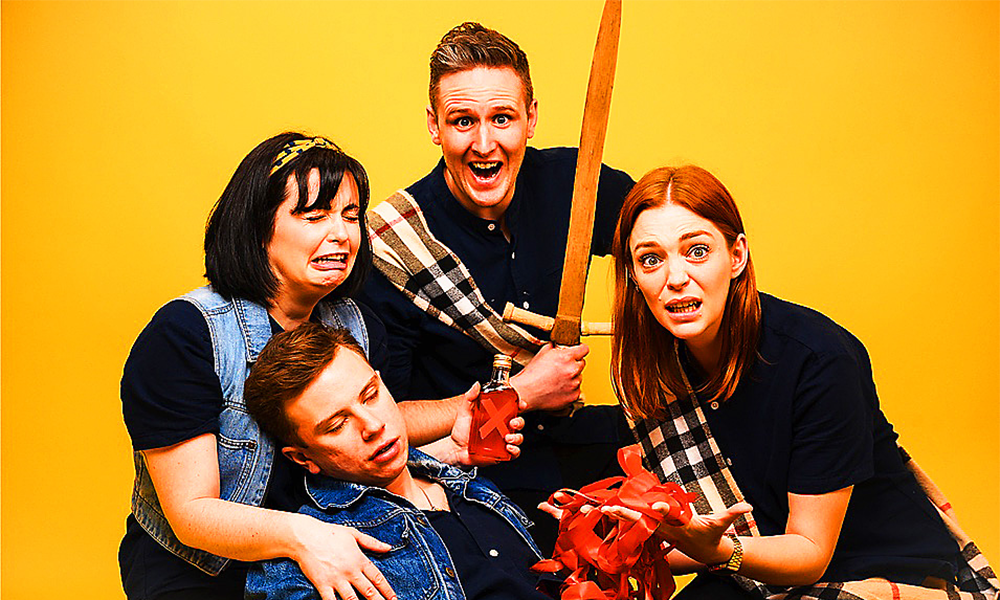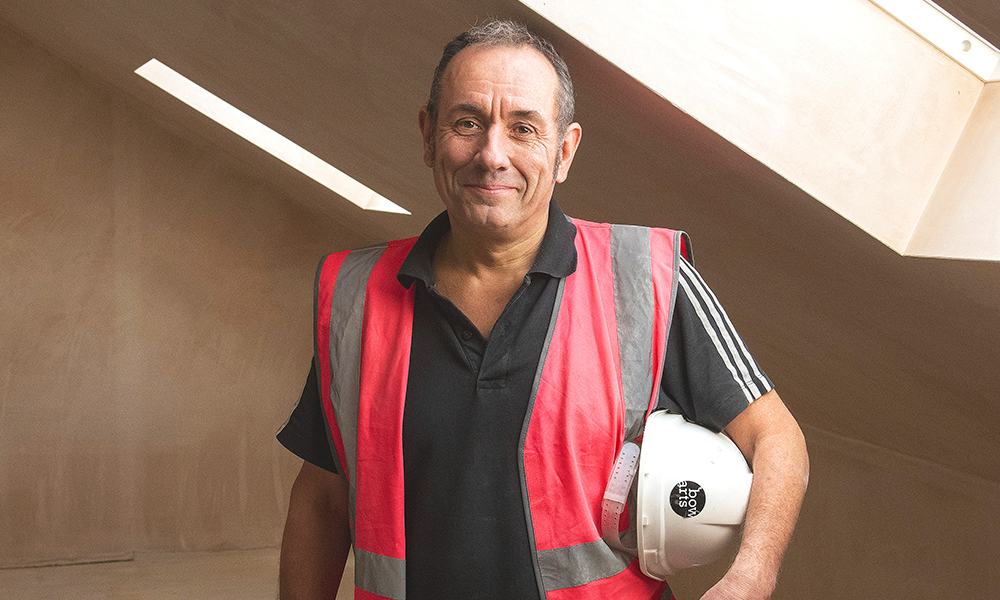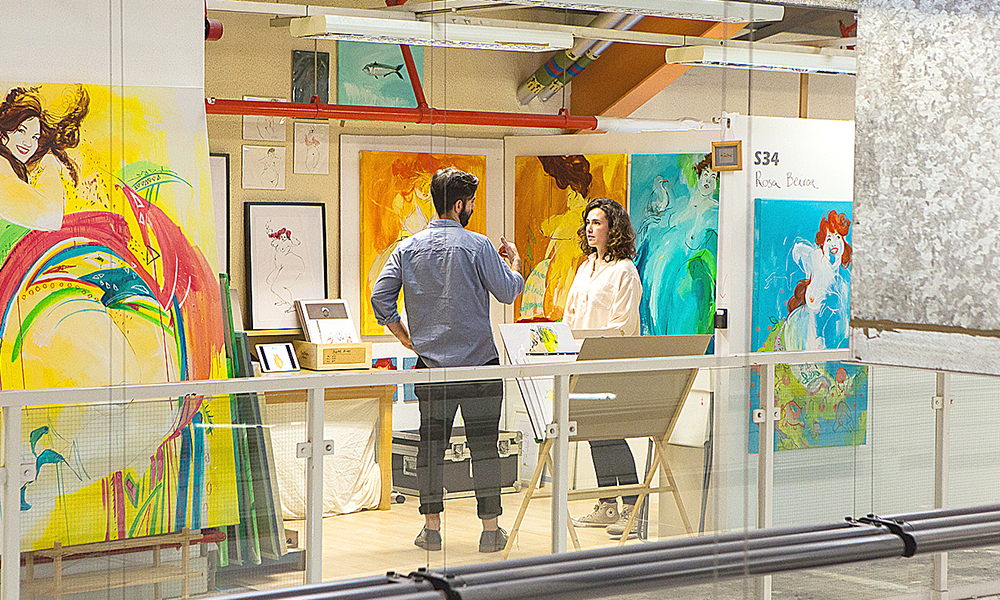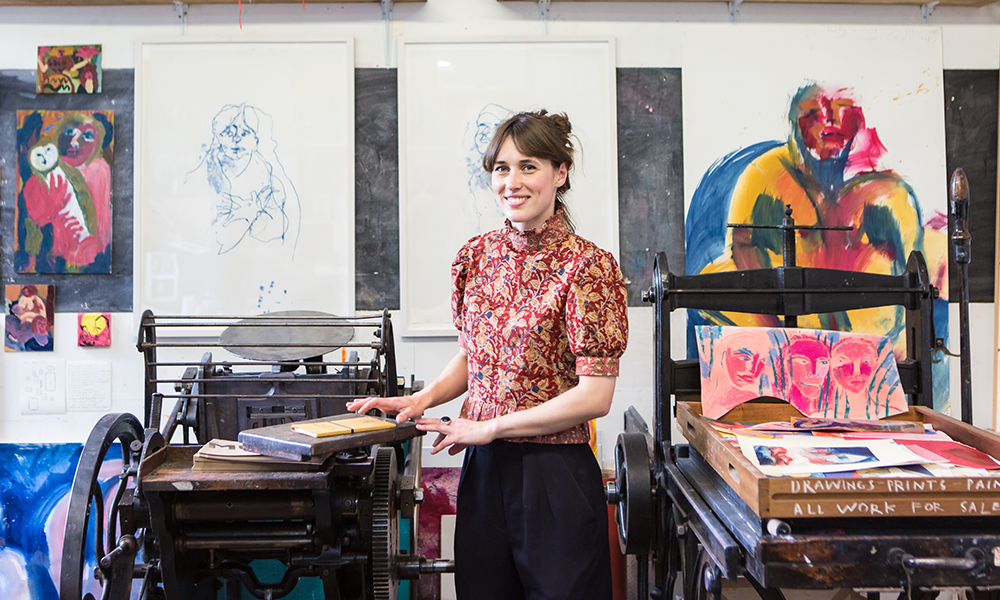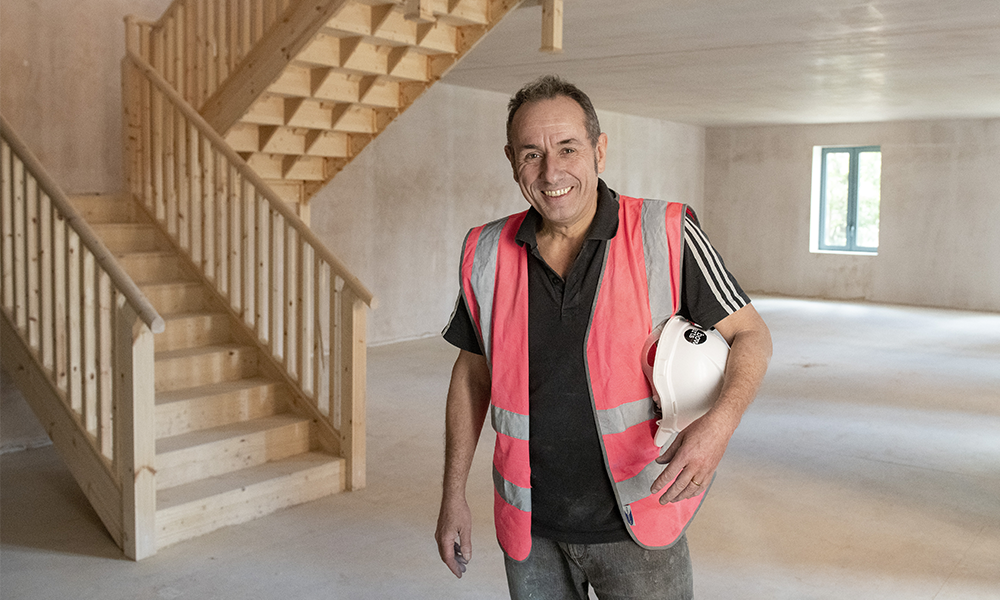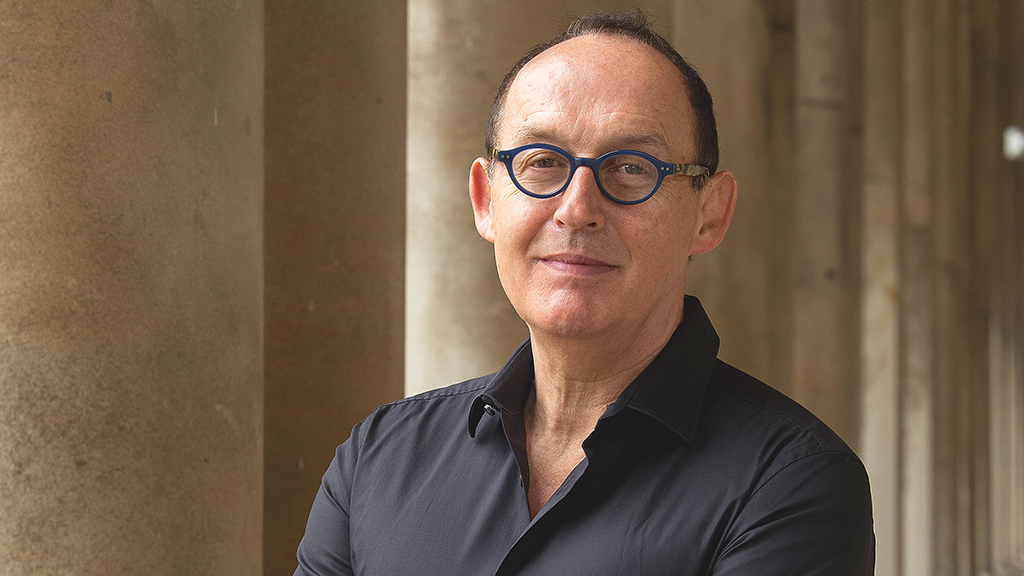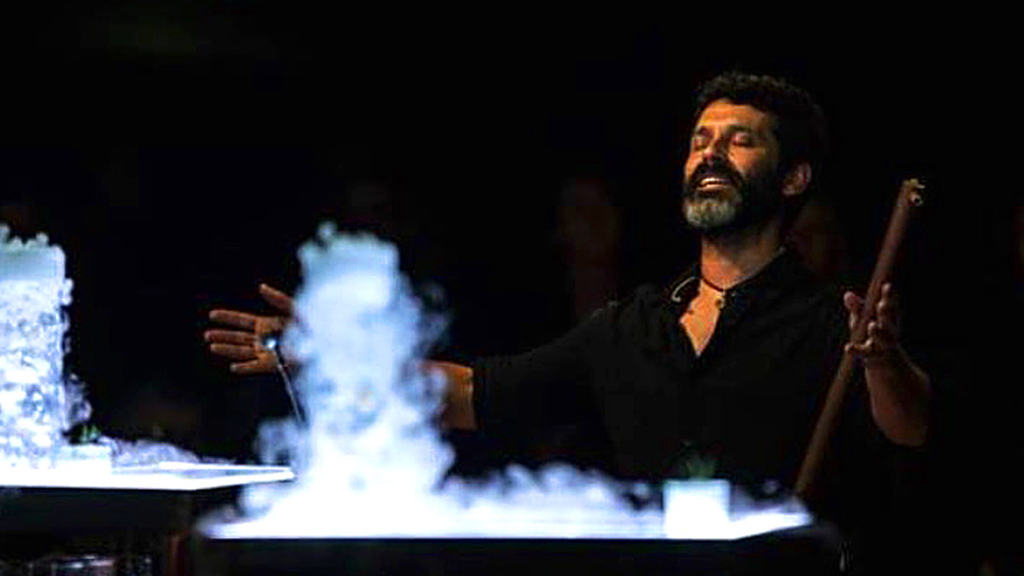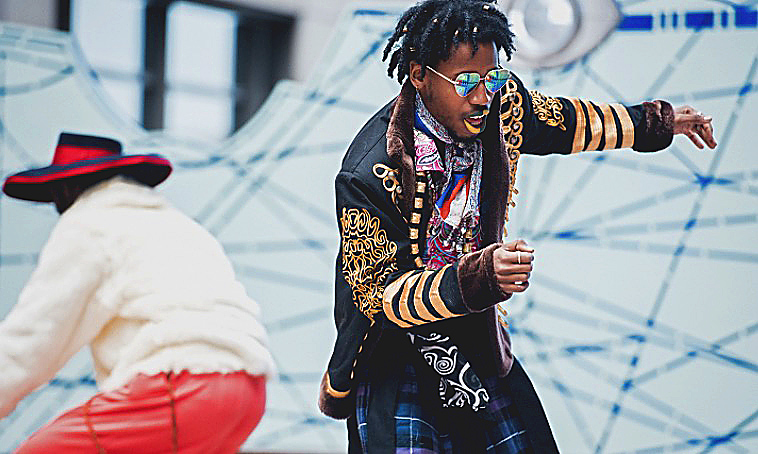Clive Elwell and Jackie Eley are set to leave Half Moon Theatre after a combined 47 years of service
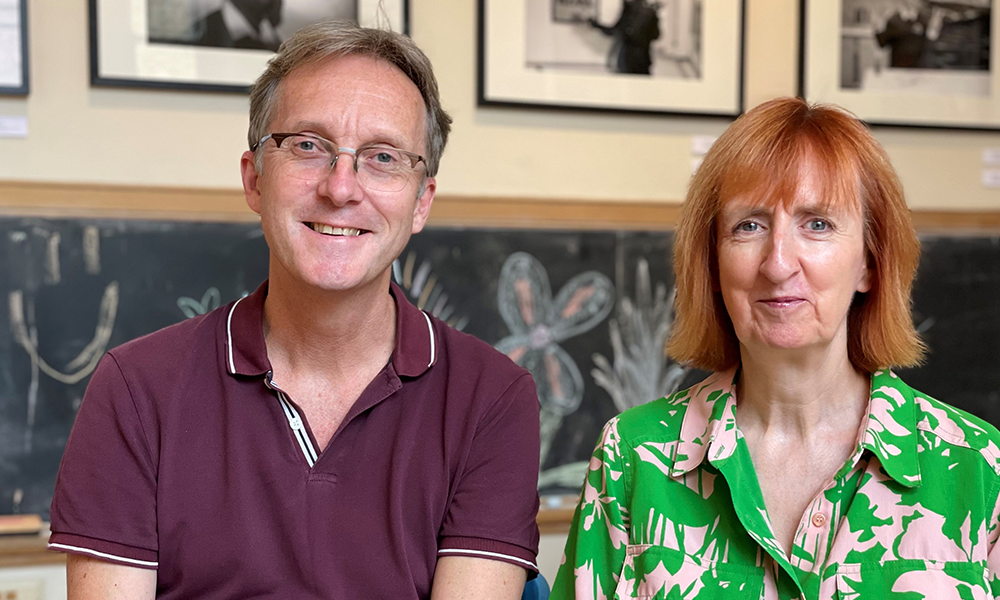
Subscribe to our free Wharf Whispers newsletter here
Tears are sure to fall when Jackie Eley and Chris Elwell leave Limehouse’s Half Moon Theatre next year.
Their departure will mark the start of a new era, not only for the organisation but also for the duo, who have worked there together for more than two decades and are also a couple.
In January Chris is set to step down as director and CEO after 27 years and Jackie will leave her role as administrative director after two decades.
“I thought we wouldn’t work together for that long,” said Jackie, who first met Chris back in the 1980s.
“But there’s always been something new coming around the corner.
“When the announcement went up about us leaving on Half Moon Theatre’s Facebook page, someone posted: ‘I can’t believe you’re still speaking to each other’.
“But we have always found it easy.”
The company works closely with the local community and children’s centres to give young people from birth to 18 (25 for disabled young people), the chance to experience unique theatre productions, both as participants and audience members.
During his time at the helm Chris has directed, written and adapted more than 60 pieces of work and run programmes including Exchange For Change and Narratives Of Empathy And Resilience as well as developing the company’s streaming service.
He was awarded a British Empire Medal for services to theatre and young people in 2017.
Meanwhile Jackie has overseen fundraising and £2million of capital works to buy and refurbish the company’s Victorian building, to make it more accessible and welcoming to families.
She also led the launch of Theatre Passport in 2020 – a free ticket scheme for Tower Hamlets schools and community groups.
born of the ballet
She and Chris first crossed paths four decades ago at London Festival Ballet – now English National Ballet.
They both then followed their own paths, with Chris working at the Royal Shakespeare Company and then the Central School Of Speech And Drama.
He landed at Half Moon in 1997 and quickly secured core funding from Arts Council England, opening the theatre as a public venue in 1998.
Meanwhile, Jackie ran Pop Up Theatre, which made childrens touring shows and often performed at the east London venue.
When the administrative director role came up, Chris said she should come and work with him “for a few years to help out”.
At the time she was working at the Royal Festival Hall.
“It was great to work for such a flagship organisation and I learned so much about fundraising, which I could then bring to Half Moon, but I didn’t like doing just one thing,” said Jackie.
“That’s what attracted me about this job – that I could bring the fundraising skills and also be much closer to the product and be involved in community work and pieces for young audiences.”
The biggest challenge she has faced was, perhaps unsurprisingly, lockdown.
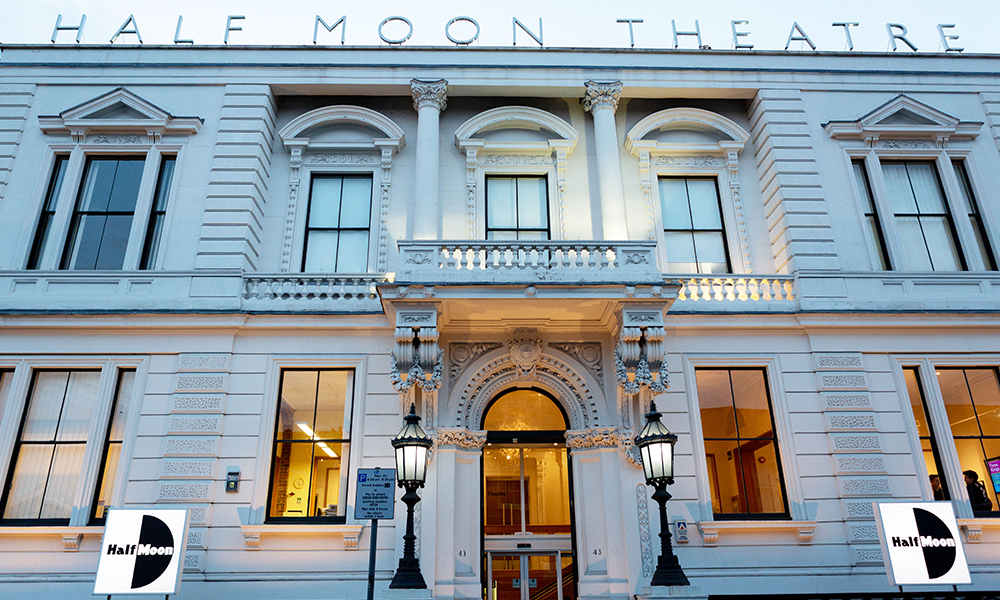
closing Half Moon Theatre during lockdown
She said: “We were supposed to be opening a show that week and were just coming up to the dress rehearsal.
“I remember thinking: ‘What do you mean, we’ve got to close for three weeks?’
“How naive were we?
“We quickly filmed the play in the dress rehearsal and then, because we were due to have new air conditioning and ventilation put in.
“We rapidly took everything out of the theatre – all the lights, the lighting rig and all the technical equipment, so it was an empty space for the builders to work on.
“I think the builders did two days and then said: ‘Sorry, we can’t work anymore because we can’t argue that it’s necessary’.
“We took our computers home, because we weren’t in the cloud then, and all started working from home.
“That lasted three months and it was really, really tough.
“Finally, the builders came back to finish and we managed to get a grant to film lots of shows so we could put them online for free, for the community.
“We ended up getting audiences in Canada and Australia and South Africa and loads of other places, because all these shows for young audiences were available online.
“We also put on some free workshops online for people to do at home – things they could do even if they were in a confined space.
“That was challenging, but we were also really proud that we didn’t stop.”
leaving a legacy
While she will be sad to say goodbye to Half Moon, she is infinitely proud of the legacy she is leaving behind.
“I honestly didn’t expect to be here for 20 years,” she said.
“I just thought I’d come for three or four, help buy the building, get some money to refurbish it and then be off.
“But I’ve had such a good time – we’ve ended up doing four different capital projects.
“It took much longer than I thought to buy the building, but we’ve done that now and even paid off the mortgage, which helps the company because we don’t have to find that money every year.
“Each capital project has made it better and more welcoming.
“The last one we did was to put in a new lift, because it was 30 years old and they literally didn’t make spare parts anymore.”
She added: “Every time we have finished a new project, I’ve thought maybe it was time and I’d move on, then something else came up and it’s always been really interesting.
“So I’ve ended up staying.”
She said the couple had been talking about leaving “on and off” for a long time but finally felt the right moment had arrived.
“It’s time for me to retire because it has been very hard work,” said Jackie.
“Chris is going to do some freelance creative stuff, without having the responsibility of running a company.
“He is the one who is very much involved in the community.
“Someone stopped him in the street the other day.
“They just pulled up their car in the middle of the road, wound down the window and said ‘My daughter used to come to you and thank you for everything you’ve done for our family’.
“I tend to spend more time in the office, so I know the families really well that come in here regularly and I know lots of the organisations and funders in the borough.”
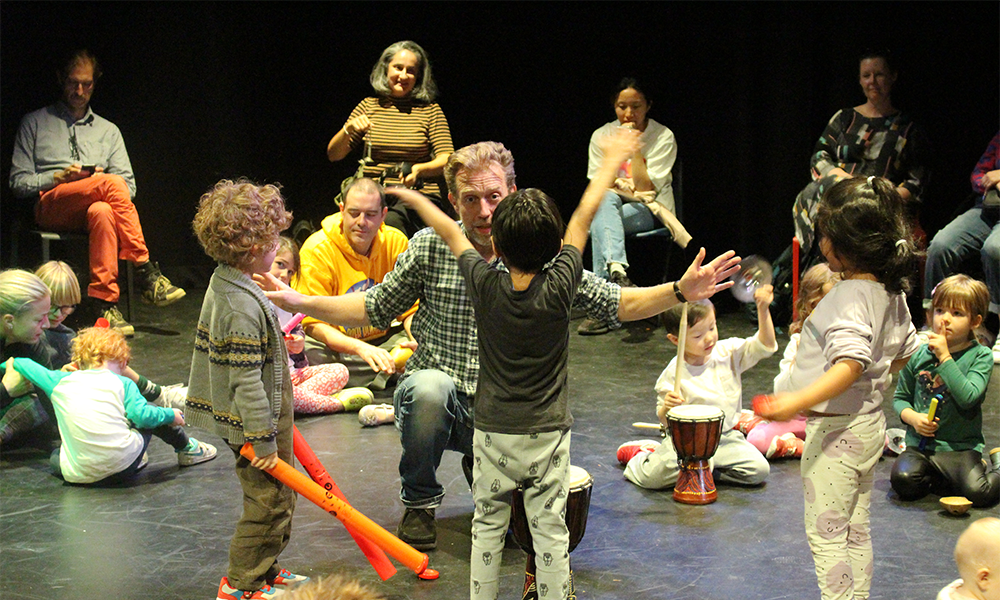
saying goodbye
The duo announced their departure in early August, picking the timing as the company’s application for the next four years of Arts Council funding is due in Autumn 2025.
“We felt that gives time for the trustees to recruit two new people and us to have a handover,” said Jackie.
“Then there will still be a good 11 months for the new people to get their feet under the table and create their vision.
“I’m sure the company will still have the same ethos, because the trustees are absolutely certain they want to appoint people who are committed to being very much part of the community.”
While the couple has tried not to let work spill over into their personal time, it has been inevitable over the years.
“On our journeys in and out of work, we will be briefing and debriefing,” said Jackie. So it ends up being a lot more hours than we do in the office.
“When we go on holiday we agreed we’d always be contactable because for the two senior people to go on holiday together wouldn’t normally happen.
“But our staff are so great that only very rarely has anyone had to contact us.”
So will saying goodbye to Half Moon Theatre leave a big hole in her life?
“It’s sad, but it’s time,” said Jackie. “We are going to do some traveling. We moved house at the end of last year, so there’s decorating to finish.
“I’d like to do some things I never had time for – classical concerts and jazz, read more, see my friends and go to the gym.
“Then I might get bored and volunteer at a small charity. Who knows?
“Leaving doesn’t actually seem real yet.
“At the moment, there’s so much to do. I’m trying to get ahead with my fundraising so that whoever takes over from me has got a secure base to start from.
“We’re always busy, so there’s always lots and lots to do.”
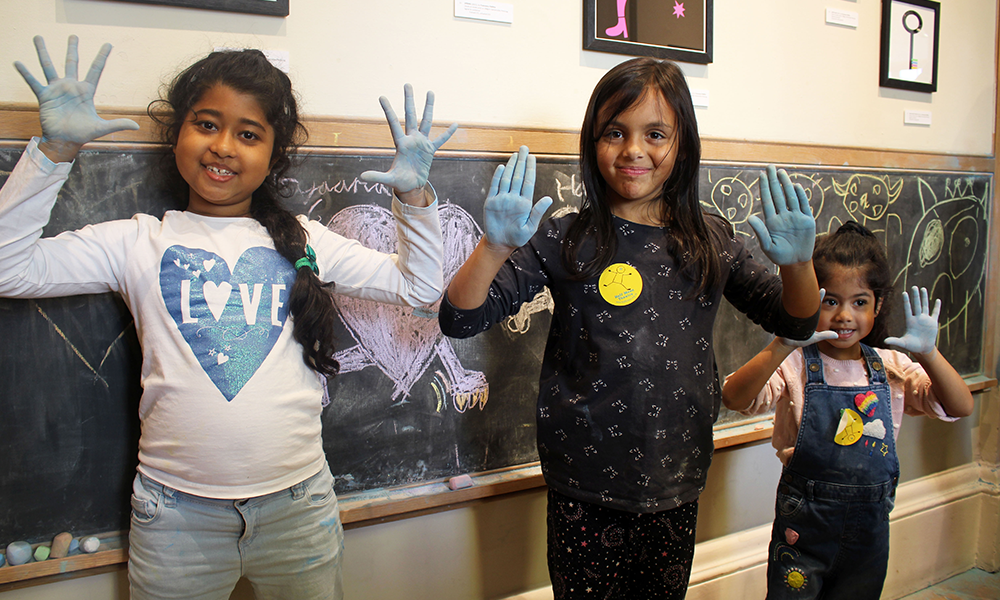
coming up at Half Moon Theatre
This free family fun day returns for a ninth year with another selection of fun community events throughout the building and garden.
Fun Palaces will be held on October 5, 2024, from 10am-4pm with pop-up storytelling performances, music and movement workshops, art and craft activities and a tea and cake stall.
Exhibition, Greenwich Printmakers Comes East, can also be viewed in the foyer gallery.
No need to book, just show up.
Jackie said: “It’s focused on environmentally sound issues. So we use recycling to create all the craft and this year the theme is nature. In the theatre, every 20 minutes, there’s a different activity on a cycle.
“In the foyer staff and volunteers will run the art activities and then there’s always a giant chalk area outside.
“Families can stay as long as they like, pop in and out or come for the day with a picnic.
“You’ll often find one of our trustees dressed up as a duck or a dragon or a squirrel or something going around interacting with the families.”
The event usually attracts around 700 participants to the theatre.
“It’s a great way for us to introduce families to our work; “ said Jackie.
“Kids can have a go at things and hopefully they’ll come back and book tickets for our shows.
“About a third of our audience is new each season and I think a lot of them would have come from the Fun Palaces day.
“Because it’s a free activity, that definitely appeals to people who aren’t sure about the arts or coming to the theatre.
“We try to be as informal as possible, relaxed and welcoming because the whole point is to get families through the door to realise what we’re about, and also to talk to them about all the other stuff we offer the rest of the year.”
Find out more about the theatre here
Read more: Why Jools Holland is looking forward to the Boisdale Music Awards
Read Wharf Life’s e-edition here
Subscribe to our free Wharf Whispers newsletter here
- Jon Massey is co-founder and editorial director of Wharf Life and writes about a wide range of subjects in Canary Wharf, Docklands and east London - contact via jon.massey@wharf-life.com




